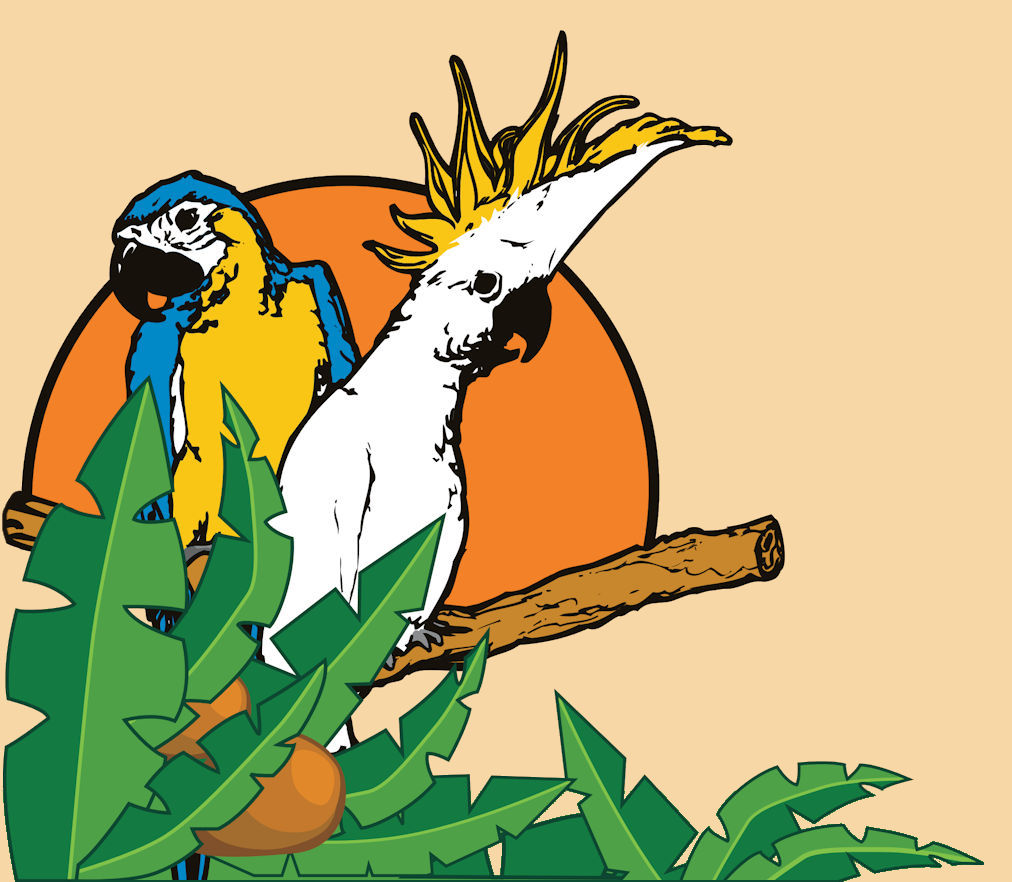A fun trick to teach your parrot is the high “five” (or four…)! You will only need a small T-stand and your bird’s favorite treats.
Prepare a few small treats in your non-signaling hand. Place your bird on the T stand and approach your bird as you would to “step-up” (this will be your signaling hand). As it raises its foot, vocalize a key word like “gimme 5”, “high 5”, etc., and open your signaling hand to a flat position with your palm facing out at your bird like a high five. Try to touch your palm to your parrot’s foot, and right after contact, offer the treat prepared in your other hand. Initially you will want to reward any small movement. As the response time improves, you can tighten up the action and start rewarding the foot-lifting when it’s higher and ignoring foot lifts that are small.
Remember, birds need breaks too, and sometimes have off-days. Training is best in short segments, occuring frequently rather than long sessions.
TIP: When teaching tricks to parrots, it is helpful to have a verbal AND a visual cue.
